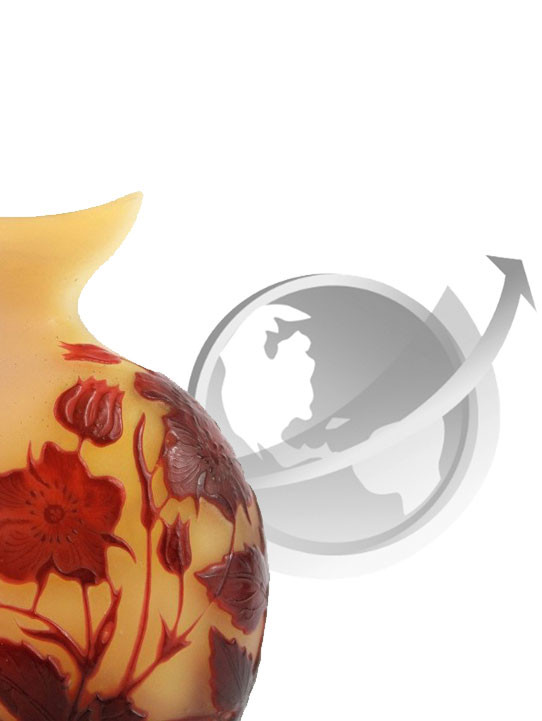The Evolution of Art Nouveau and Art Deco
A Journey Through Style and Innovation
From the fluid lines of nature to the bold geometry of modernity, the transition between Art Nouveau and Art Deco marked a fascinating period of artistic evolution. Both styles, though distinct, continue to inspire designers, collectors, and creatives today. Here's a look at how they emerged, evolved, and left a lasting legacy on the world of decorative arts.
Art Nouveau building with floral ironwork and organic forms
Origins of Art Nouveau (1890–1910)
Art Nouveau (meaning “New Art”) emerged in the late 19th century as a reaction against academic art and industrial mass production. Inspired by nature, especially flowers, vines, and feminine curves, Art Nouveau aimed to create a harmonious integration between decorative arts and architecture.
Prominent artists:
-
Alphonse Mucha (posters and graphic design)
-
Hector Guimard (Paris Métro entrances)
-
Louis Comfort Tiffany (stained glass lamps)
Alphonse Mucha poster
Characteristics of Art Nouveau
-
Flowing, organic lines
-
Motifs from nature: tulips, thistles, peacocks
-
Use of iron, glass, and wood
-
Asymmetry and craftsmanship over mass production
Art Deco Interior
Rise of Art Deco (1920s–1940s)
By the 1920s, the world was changing. After World War I, a desire for modernity, luxury, and progress gave birth to Art Deco. This style embraced geometry, speed, and elegance, drawing from industrial design, Cubism, and ancient civilizations (like Egypt and Mesopotamia).
Prominent artists:
-
Émile-Jacques Ruhlmann (furniture)
-
René Lalique (glassware)
-
Tamara de Lempicka (painting)
Key Differences Between Art Nouveau and Art Deco
| Art Nouveau | Art Deco | |
|---|---|---|
| Inspiration | Nature, plants, curves | Machinery, geometry, exotic cultures |
| Materials | Glass, wrought iron, enamel | Chrome, lacquer, marble, exotic woods |
| Forms | Organic and asymmetrical | Bold, symmetrical, and angular |
| Mood | Romantic and decorative | Sleek, glamorous, and modern |
Interior combining both styles
Legacy Today
Art Nouveau remains beloved for its decorative richness, while Art Deco continues to influence fashion, architecture, and design. Today, many interiors mix both styles—curved Art Nouveau furniture paired with geometric Art Deco lighting, offering a timeless and eclectic charm.







